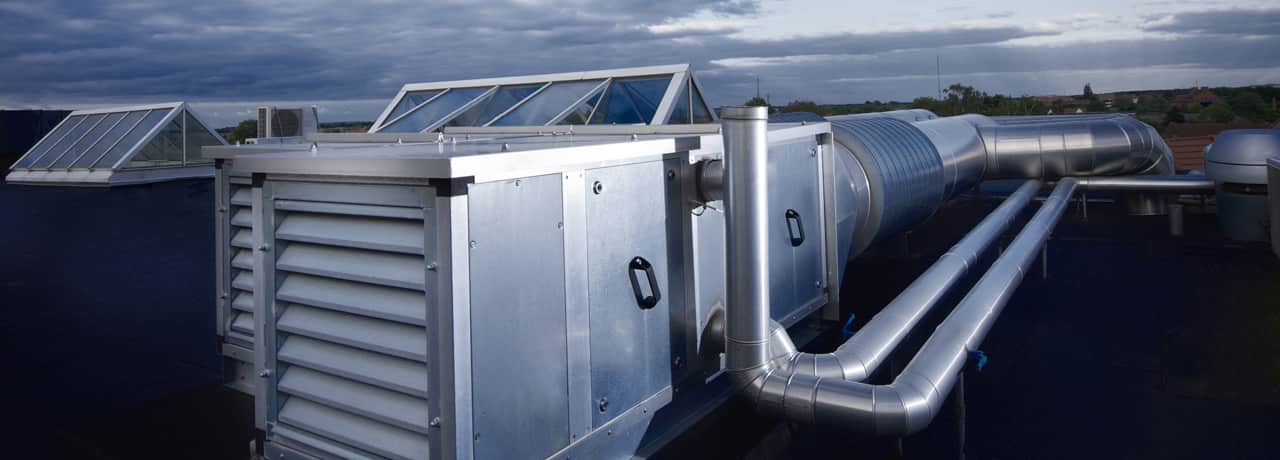May 19, 2017

Related Blogs:
Sign up for blog updates
Get innovation delivered to your inbox. Sign up for our blog and stay on top of the very latest from Semtech (formerly Sierra Wireless).
May 19, 2017

Long-term OpEx sales models will become a dominant economic trend as companies leverage the IoT in various processes, enabling them to expand their service offerings. The transition will also trigger a cultural shift away from one-time Capex sales models to an OpEx sales model, where revenue is generated over time. In fact, the Industrial IoT will change everything. This too happens to be a cliche, but this is one is 100% accurate.
Transitioning to an OpEx revenue model is a cultural shift. For one thing, it means redefining your idea of services and products. With the OpEx model, you have a product that also serves as the basis of a service that can be offered throughout the life of that product. This “product as a service” model transforms core competencies into life-long revenue generation streams.
Take, for example, a company that manufactures heavy equipment for wind-powered turbines. These are examples of technologies that, not too long ago, would have essentially been out of the hands of manufacturers after they are sold. After all, they are dispersed over enormous areas, and are designed to be in the field for decades. Energy companies and owners of wind farms weren’t going to be dropping by the turbine store to pick up the new model on a regular basis.
This meant that outside of repairs (which might not generate revenue), the manufacturer essentially ended its relationship after the equipment changed hands to the consumer. But the OpEx model means it doesn’t have to be that way. By having the turbines connected to the IIoT, the manufacturer can collect data, perform predictive maintenance, repair issues remotely, provide customer custom SLAs (Service Level Agreement) based on amount of data collected and type of services to perform and finally send software upgrades out over-the-air (OTA). They can calculate load depending on wind speeds to prevent gearbox failure.
In short, they can offer these services to their clients over the life of the product, essentially protecting the consumer’s investment. And that is true in any industry. Any manufacturer connected to the IIoT can harness data and OTA capabilities to maintain a solid revenue stream for years. It means a long-term investment that can pay off, over and over.
The IIoT has the power to transform by allowing companies to do so much more with their products. This can include:
These measures either A) boost revenue; and/or B) reduce CapEx and OpEx. Vital, mission-critical software updates may be covered under warranty. But with IoT OTA software transmission technology, companies won’t need to dispatch an engineer or repair person. This frees up technicians so they can tend to other essential tasks. Repairs could be performed by merely entering a command (which itself is unlikely; it’s probable that this process will be fully automated and self-managing).
These new and potentially significant revenue streams don’t increase CapEx (since you’d be developing them anyway), nor would companies see an OpEx increase. That’s because once the hardware and OTA capabilities are in place, there is very minimal cost associated with converting, sending, and reopening an uploaded file.
Not only that, but we can expect a dramatic dip in the cost of finding and repairing problems. The network of sensors will detect the majority of issues. Your company would have the ability to offer remote monitoring and repair services for any systems that you sell. And businesses can also offer preventative maintenance. That’s a value-add that takes companies one step closer to obtaining and retaining happy customers.
So what do you need to make this a reality? Well, an instant upgrade won’t be possible. Companies will need to acquire or develop new IoT-enabled products. Companies will need industry-leading embedded connectivity solutions and an Internet of Things platform. This essential capital expenditure holds the power to transform your business. It’s an investment that could reduce costs, while increasing revenue in some fairly dramatic ways. Using the best equipment on a cohesive connectivity platform means that you can have peace of mind, while selling the same to your clients.
This may seem quite daunting, but it’s a task that’s made relatively simple and straightforward with open-source hardware and software. This IoT-friendly open-source hardware and software can be leveraged to accelerate the prototyping process, shortening time to market.
Your business knows what it takes to succeed: brains, determination, and an investment in the right people and products. The same is true for companies seeking to transform into an Industrial IoT-enabled service provider. Start with Sierra to get the technology you need to thrive and grow.
Get innovation delivered to your inbox. Sign up for our blog and stay on top of the very latest from Semtech (formerly Sierra Wireless).